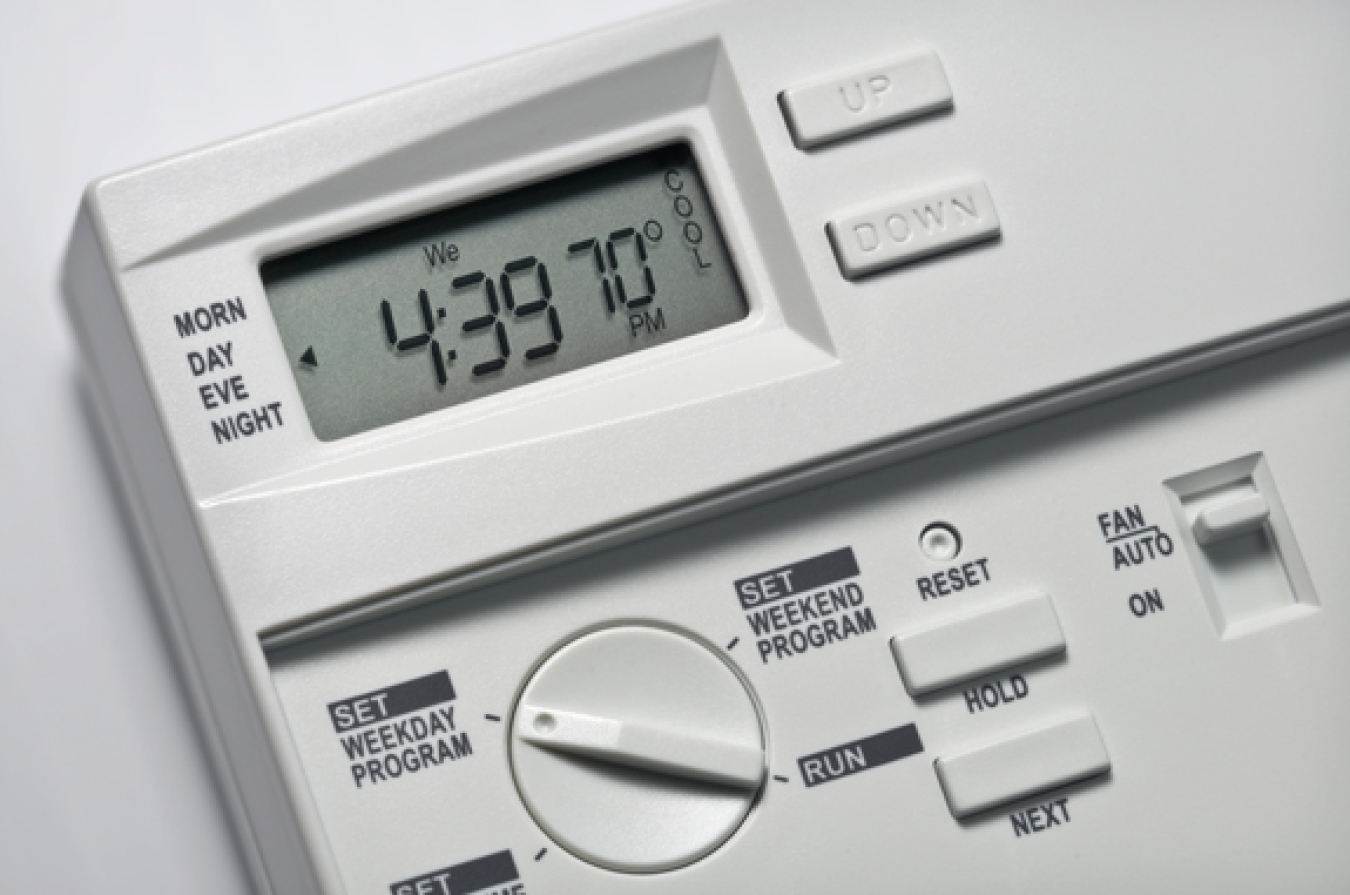
Demand response provides an opportunity for consumers to play a significant role in the operation of the electric grid by reducing or shifting their electricity usage during peak periods in response to time-based rates or other forms of financial incentives. Demand response programs are being used by some electric system planners and operators as resource options for balancing supply and demand. Such programs can lower the cost of electricity in wholesale markets, and in turn, lead to lower retail rates. Methods of engaging customers in demand response efforts include offering time-based rates such as time-of-use pricing, critical peak pricing, variable peak pricing, real time pricing, and critical peak rebates. It also includes direct load control programs which provide the ability for power companies to cycle air conditioners and water heaters on and off during periods of peak demand in exchange for a financial incentive and lower electric bills.
The electric power industry considers demand response programs as an increasingly valuable resource option whose capabilities and potential impacts are expanded by grid modernization efforts. For example, sensors can perceive peak load problems and utilize automatic switching to divert or reduce power in strategic places, removing the chance of overload and the resulting power failure. Advanced metering infrastructure expands the range of time-based rate programs that can be offered to consumers. Smart customer systems such as in-home displays or home-area-networks can make it easier for consumers to changes their behavior and reduce peak period consumption from information on their power consumption and costs. These programs also have the potential to help electricity providers save money through reductions in peak demand and the ability to defer construction of new power plants and power delivery systems -- specifically, those reserved for use during peak times.
One of the goals of the Smart Grid R&D Program is to develop grid modernization technologies, tools, and techniques to utilize demand response and help the power industry design, test, and demonstrate integrated, national electric/communication/information infrastructures with the ability to dynamically optimize grid operations and resources and incorporate demand response and consumer participation. To attain this goal, OE is supporting research, development and deployment of smart grid technologies, distribution system modeling and analysis, transactive energy, consumer behavior modeling, and analysis and high speed computational analysis capabilities for decision support tools
PUBLICATIONS
OE Seeking Subject Matter Experts to Serve as Technical Reviewers
Assessment of Demand Response and Advanced Metering
National Action Plan on Demand Response
A National Assessment of Demand Response Potential
Retail Demand Response In Southwest Power Pool
RELATED LINKS
Demand Response Policy
Federal Energy Regulatory Commission (FERC)
Association for Demand Response and Smart Grid (ADS)
Peak Load Management Alliance (PLMA)
New England Demand Response Initiative (NEDRI)
OMS Demand Response
Pacific Northwest Demand Response Project

